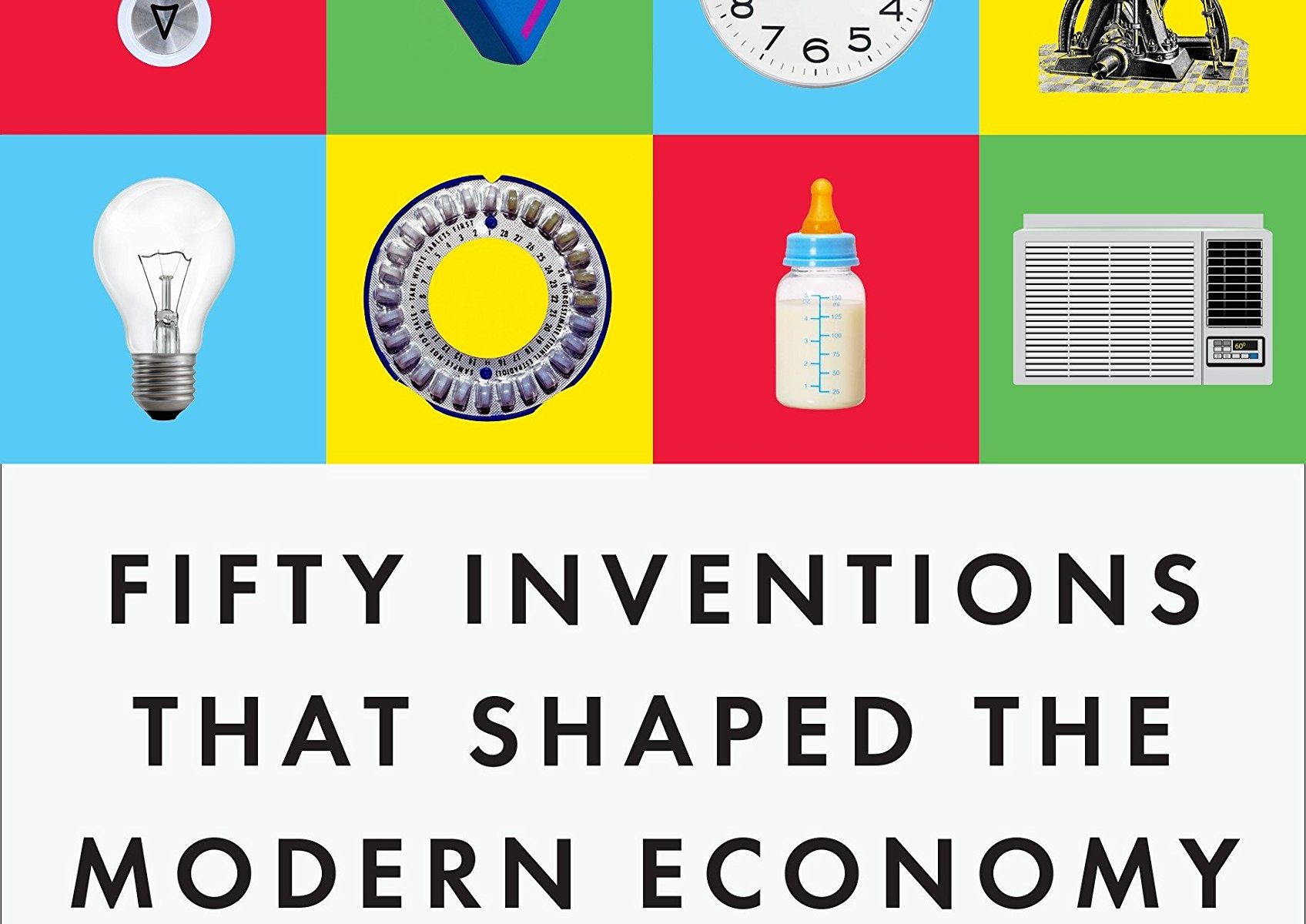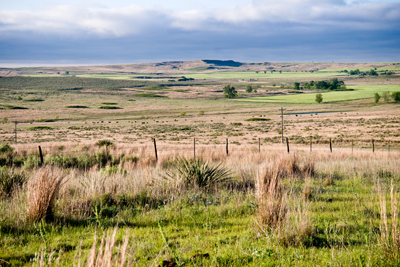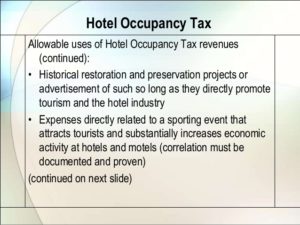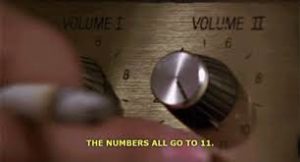As recycling commodity markets have swooned the past few years and this former source of city revenue has now become a costs item, what’s a responsible household to do?
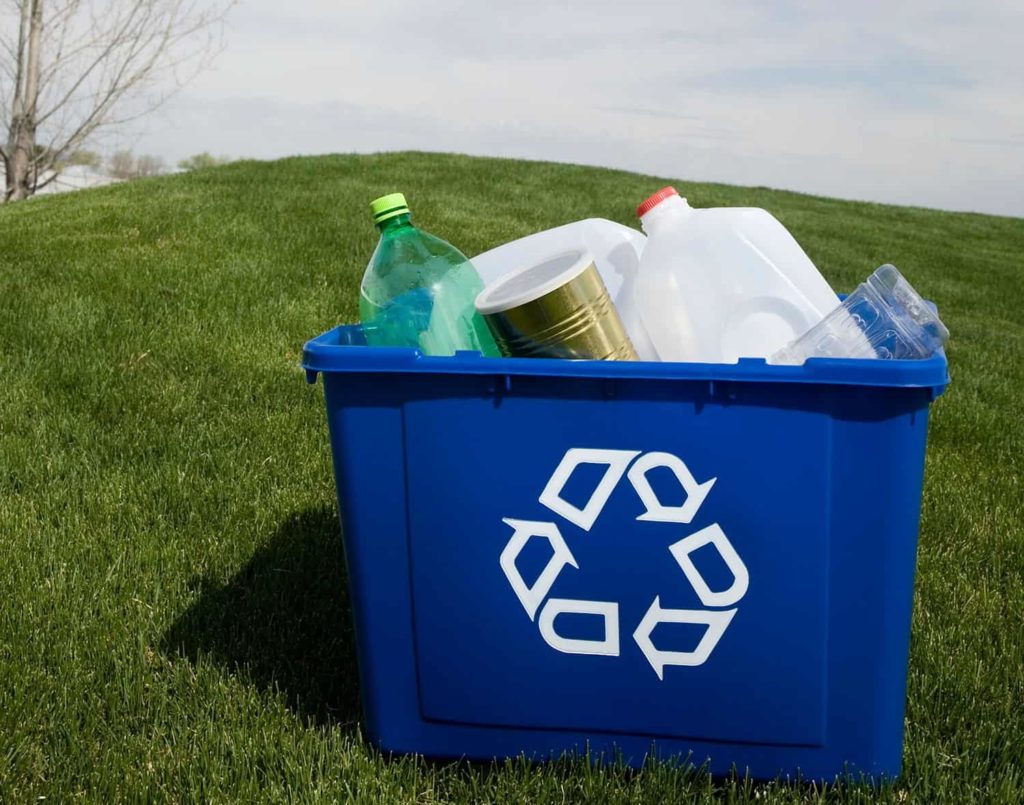
The first response is that households can’t do this alone. Recycling involves a complex interconnected chain between raw material producer, manufacturer, transporter, retailer, consumer, and waste processor. Household consumer behavior is only one link in the chain. I’m addressing the household link in the chain here mostly because I figure I have more household consumers reading this column than I have of managers of packaging manufacturers and managers of retail operations.
So, what’s a guy and his big household recycling bin supposed to do?
Until recycling processors change their engineering methods for efficiently separating materials, “less is (probably) more” when it comes to what we put in the recycling bin. Like, if you’re not sure, probably just leave it out. Even if you are sure, try to make sure you are sure, you know? We tend to suffer from a classic behavioral finance error, when it comes to our bins. That error is overconfidence, and putting things in “just in case” they can be recycled. That’s costly.

Republic Services, the nation’s second-largest waste management company reports that 41 percent of households received a “failing grade” on knowing what is, or is not, recyclable.
Josephine Valencia, recycling manager at San Antonio’s Solid Waste Department, explained to me that when the city has surveyed people about what they think goes into the recycling bin, they find that people are vastly overly confident about the wrong things. We think we know what we can recycle, but we are frequently wrong.
Metal
With clean metal soup cans and aluminum beverage cans – these are unreservedly still good for the bin. More than that, they represent the single highest value commodity that you can put into your municipal bin. So, you’re making money for your city when you put those in there.
But what about other metals? Tin foil? Small metal pieces? Metal mixed with plastic packaging? Chances are these aren’t at all recoverable by recycling processors. You’re just raising the cost of processing when you include these in your bin.
Plastic
Plastic single-use water bottles? Those actually are fine and have a market value. Milk jugs too, and even heavier plastic bottles. Practically all other plastics though are headed for the landfill.
About two years ago San Antonio said we could gather our single-use plastic bags into bundles of 30-40 bags, in the shape of a soccer ball. I learned those are headed to the landfill as well, with plastic prices where they are now. That made me sad. Many large retailers will take back the plastic bags, but that extra layer of effort is, well, not something I currently do. I liked making the soccer balls, darnit!
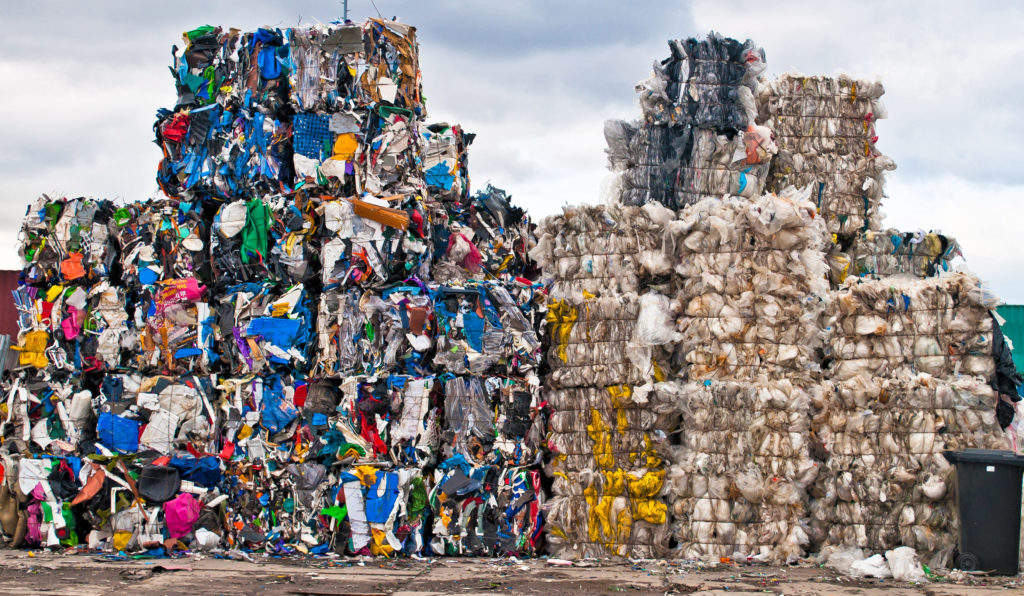
Paper
Paper is more fraught than I expected. It turns out most recycling processors were not built for the volume of small Amazon-style cardboard boxes we produce in 2019. Until that gets fixed at the processing plant, most of these are not getting efficiently recycled, to my chagrin.
Mixed paper is hardly worth anything these days, and cities are currently paying processors to take it off their hands.
Glass
And then there’s glass. This is a money loser for cities. It’s mentally difficult to landfill glass because it’s quite recyclable. And yet, the finance guy in me knows I’m just raising costs when I put glass in the bin. I’m torn.
Mixed Packaging
Most all mixed-packaging, which increasingly fills our shopping carts, is not recyclable. Your favorite thin salty chips come in in that cylindrical can made up of paper but with a metal lining inside? Totally not recyclable.
The metal trays from your favorite fast food barbecue place are not recyclable.
Plastic toys are generally not recyclable.
Plasticware from your take-out restaurant is not recyclable.
Generally plastics that aren’t a water bottle, milk jug or cleaned plastic can’t be recycled.
Clothing is not recyclable. Bring it to Goodwill.
And for goodness’ sakes, diapers are not recyclable. That’s for the trash bin only.
“When in doubt, leave it out” is what the experts keep telling me. By putting iffy items into the recycling bin you are simply raising the cost of processing, which gets passed on to municipalities one way or another, which we ultimately cover in our taxes.
I’m a markets guy, so I tend to think that recycling doesn’t have a chance unless we align dollars and self-interest with best waste management practices. I’ve come to appreciate that this is
1. Super-duper complicated and
2. Sustainable financially and environmentally only if everyone in the waste production and management chain is working together. It’s so complicated that it’s far easier to come up with questions rather than solutions or answers.
Big Questions for the Future
A few fundamental questions that learning about this raised for me:
Can households be trained better to recycle only the limited number of financially viable commodities like cans, tins, water bottles, and clean plastic jugs?
Can households some day be trained to actually separate their commodities into more valuable sorted bins, as is done in Europe and Japan?
Will consumers prioritize buying recyclable packaging materials in a way that will force manufacturers and retailers to respond to market demand?
Can manufacturers be incentivized to create more recycled and recyclable packaging, rather than mixing paper, plastic and metal in a way that can’t conceivably be recovered from household waste?
Can retailers be incentivized to serve as the feedback mechanism for channeling consumer preferences to food manufacturers?
Can recycling processers adjust their collecting and sorting processes in a cost-effective way to constantly-changing packaging?
Will municipal, state, and national government policies nudge – in a sustainable way – for more efficient recovery and reuse of materials?
The recycling market is in a period of transition caused by a market slump.
An optimistic view would be that technological and engineering changes, combined with household changes, can mitigate and even solve our problems in the future.
Energy and environment expert Rachel Meidl of Rice University’s Baker Institute says she doesn’t see the China ban or current commodity slumps “as a crippling force. I see it as an opportunity to prepare and strategize for the next generation of recycling and innovation. A long-term sustainable solution would be investing in R&D and scaling up infrastructure to recycle or recover” more commodities.
That, combined with household behavior, would help over the medium and long run. I don’t know enough whether to be optimistic or pessimistic about the current crisis. I’m going to try to do better with my bin though, and leave the rest to the experts.
A version of this post ran in the San Antonio Express News and Houston Chronicle.
Please see related posts
Broken Recylcing Markets Part I – China Ban, market swoon
Broken Recycling Markets Part II – Commodity Markets slump
Broken Recycling Markets Part III – Hit on City Budgets
Organic Recycling – Green in Being Green
Post read (591) times.


